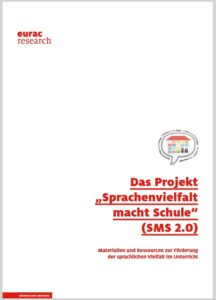The new edited versions of the didactic ressources are available in German and in Italian by clicking on the language.
Lesson materials

The new edited versions of the didactic ressources are available in German and in Italian by clicking on the language.

